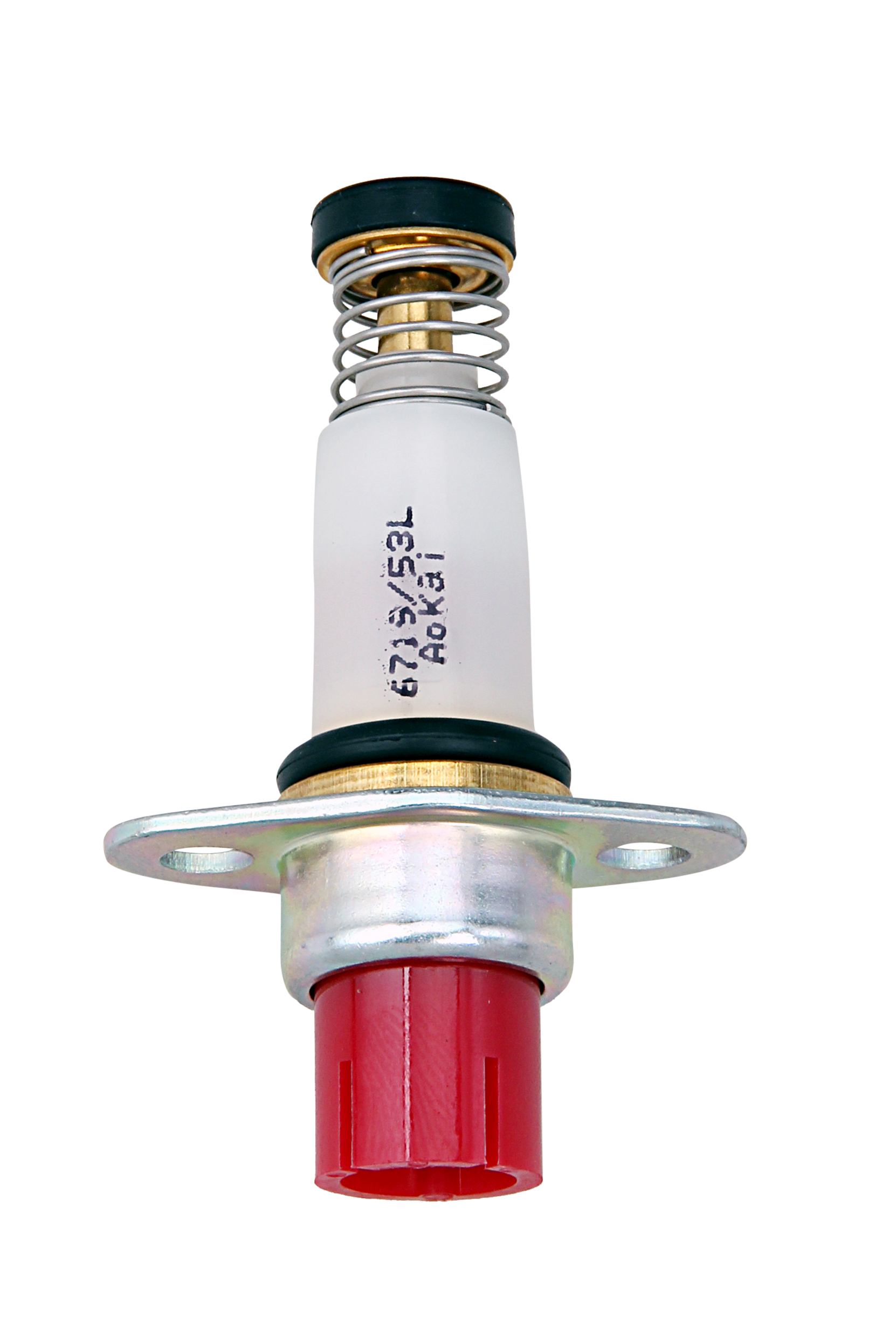 number
number
Three commonly used sealing materials for solenoid valves

1. NBR NBR
Solenoid valve is prepared by emulsion polymerization of butadiene and acrylonitrile. NBR is mainly produced by low temperature emulsion polymerization. It has excellent oil resistance, high wear resistance, good heat resistance and strong adhesion. Its shortcomings are poor low temperature resistance, poor ozone resistance, poor electrical performance and slightly low elasticity.
Solenoid valves are mainly used for making oil-resistant products. Solenoid valves such as tubing, tape, rubber diaphragm and large oil bag are often used for making various oil-resistant moulding products, such as O-rings, oil seals, bowls, diaphragms, valves, bellows, etc. They are also used for making rubber sheets and wear-resistant parts.
2. EPDM EPDM Ternary Ethylene-propylene Rubber
The main characteristics of solenoid valve EPDM are its excellent oxidation resistance, ozone resistance and corrosion resistance. As EPDM belongs to the polyolefin family, it has excellent vulcanization properties. Among all rubber solenoid valves, EPDM has the lowest proportion. Solenoid valve can absorb a large number of fillers and oil and has little effect on the characteristics. Therefore, low-cost rubber compounds can be produced.
Molecular structure and properties of solenoid valves: Ethylene propylene terpolymer is a terpolymer of ethylene, propylene and non-conjugated diene. Diene has a special structure, solenoid valves can copolymerize only one of the two bonds, unsaturated double bonds are mainly used as crosslinks. Another unsaturated polymer does not become the main chain, but only the side chain. The main polymer chains of EPDM are completely saturated. This characteristic of solenoid valve makes EPDM resistant to heat, light, oxygen, especially ozone. Ethylene propylene terpolymer is essentially non-polar, resistant to polar solutions and chemicals, low water absorption and good insulation properties. Characteristics of solenoid valves: 1. Low density and high filling; 2. Aging resistance; 3. Corrosion resistance; 4. Water vapor resistance; 5. Superheated water resistance; 9. Electrical performance; 9. Elasticity; 9. Adhesiveness.
3. VITON Fluororubber
Fluorine-containing rubber in solenoid valve molecule has various types according to fluorine content, i.e. monomer structure; fluorine rubber in solenoid valve hexafluoride system has better high temperature resistance than silicone rubber, chemical resistance; solenoid valve has good weather resistance and ozone resistance except ketone and ester, but cold resistance is not good; Widely used in locomotives, B and other products, chemical plant seals, the use of temperature range - 20 C to 260 C, low-temperature requirements when used with low-temperature resistant type can be applied to - 40 C, but the price is higher.